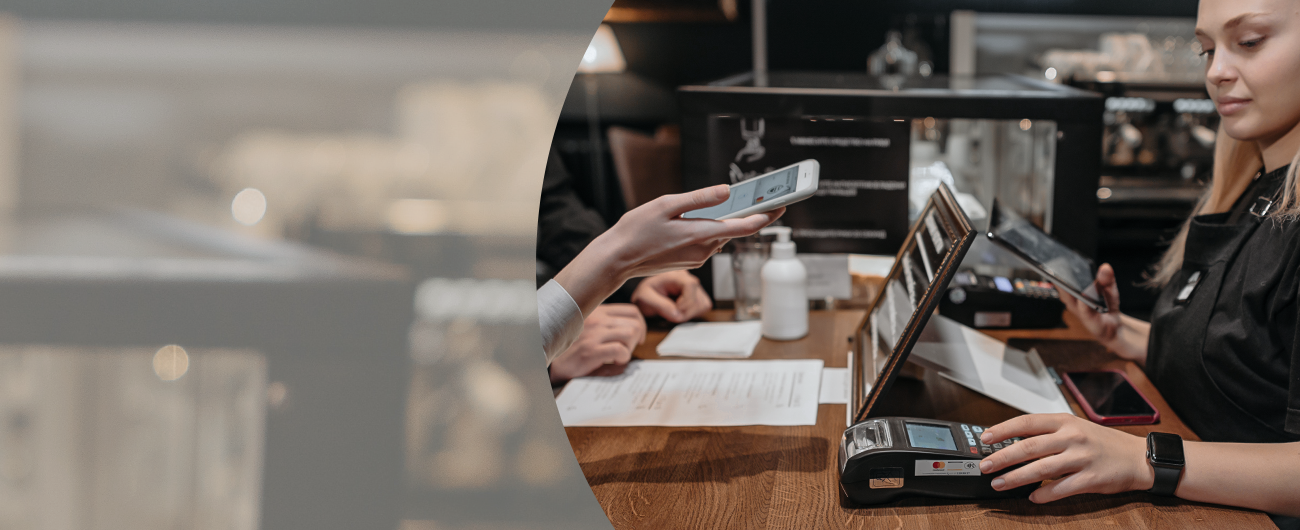Solutions
18.02.2022
|
Reading time3 min
Eli Lilly, lean approach and shared models for sustainable healthcare
Success Stories as told by our customers
Italy, according to the data, is an exceedingly old country. According to the latest ISTAT report, there is one child for every five elderly people, and the average age is 45, two years more than in 2011.* This increase is certainly notable and is now a focal point for public administration and healthcare industry enterprises.
During the InTrust Day On Tour event dedicated to the pharmaceutical sector, participants identified the aging population and the rising healthcare costs as one of the major challenges facing the pharmaceutical sector in the near future. To make healthcare economically sustainable, it will be necessary to readapt the entire supply chain and develop innovative solutions.
The entire supply chain, not just relying on regulatory interventions or individual companies. Experts noted that there is still a lack of shared standards at the base, without which benefits to the supply chain, both in terms of supply chain efficiency and the development of truly innovative solutions, cannot be achieved. The focus is not on which technologies to use but on how to use them, defining shared models for their utilization.
With this goal, Eli Lilly, a pharmaceutical multinational founded in 1876 in the USA, initiated a project to streamline internal processes and adopt an increasingly lean approach. Key words: simplification, optimization, and automation. An objective now achievable thanks to technology, but one that requires collaborative efforts and integration of the entire pharmaceutical supply chain to seek shared standards.
Eli Lilly Italy is among the companies that have joined the CONDAFNE platform for the exchange of orders and invoices in the healthcare industry according to regulations, created by the DAFNE Consortium in collaboration with Intesa.
Thanks to this collaboration with Intesa and the Consortium, Eli Lilly has also recently implemented a solution to automatically verify the quantities of drugs ordered by wholesalers and adjust them based on an algorithm designed to respect centrally set quotas for each AIC code. The confirmed order will then be translated into Eli Lilly’s EDI format and made available in the Eli Lilly mailbox on the CONDAFNE platform.
Eli Lilly’s project with Intesa further demonstrates that, in an integrated and regulated supply chain like pharmaceuticals, achieving significant results requires digital transformation and efficiency processes within a “virtuous context” of collaboration and standardization. Only through a joint effort of all supply chain actors will it be possible to achieve concrete results to curb healthcare costs.
Browse categories
You might be interested in

Solutions
03.02.2025
BNP Paribas Cardif: customer experience and security first
Success stories told by our clients

Solutions
31.01.2025
GetYourBill, simple and error-free invoicing
Success Stories as told by our customers

Solutions
31.05.2024
What's the European Electronic Invoicing and when It will come into effect
From 2028, it will be mandatory to notify intra-EU B2B transactions. Member states have begun the "race to compliance," and Italian companies will need to…









